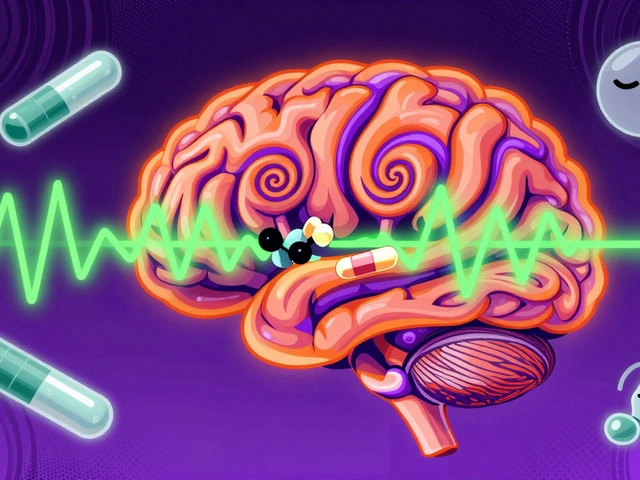Premenstrual Syndrome (PMS) – Symptoms, Causes & Practical Management
When dealing with Premenstrual Syndrome, a recurring set of physical and emotional symptoms that appear in the luteal phase of the menstrual cycle. Also known as PMS, it affects many people who menstruate and can interfere with work, relationships, and daily routines. The condition isn’t a mystery; it follows a clear pattern of hormonal rise and fall, inflammation, and brain‑chemical shifts. In plain terms, Premenstrual Syndrome encompasses everything from bloating and breast tenderness to irritability and low mood. Knowing the why makes it easier to pick the right fixes, and that’s what the posts below aim to help you with.
Understanding the hormonal fluctuations, the rise and drop of estrogen and progesterone that trigger PMS signs is the first step. These swings directly influence mood symptoms, irritability, anxiety, or sadness that peak a few days before your period, making emotional stability feel fragile. At the same time, the same hormone dip can cause physical discomfort, cramps, water retention, and fatigue. Many people find that adding dietary supplements, calcium, magnesium, vitamin B6 or omega‑3 fatty acids, can reduce both cramping and mood swings. But supplements alone aren’t a silver bullet; they work best when paired with consistent lifestyle changes, regular exercise, balanced nutrition, adequate sleep, and stress‑management techniques such as mindfulness or yoga. In short, effective management requires a combo of hormone‑aware nutrition, targeted supplements, and daily habits that keep the body and mind in sync.
What you’ll discover next
Below you’ll find a mix of deep‑dive comparisons, practical tips, and real‑world stories that cover every angle of PMS. One article breaks down how calcium and magnesium work at the cellular level, another compares over‑the‑counter pain relievers with prescription options, and a third shares personal experiences of using mindfulness to calm mood swings. Whether you’re looking for the best supplement, the safest medication, or simple lifestyle tweaks, the collection gives you actionable insight you can start using today. Dive in and see which strategies fit your routine best.
Why Regular Check-Ups and Ongoing Monitoring are Crucial for Premenstrual Syndrome
Learn why regular check‑ups and ongoing monitoring are vital for managing Premenstrual Syndrome, with practical tips, exam details, and self‑tracking tools.





